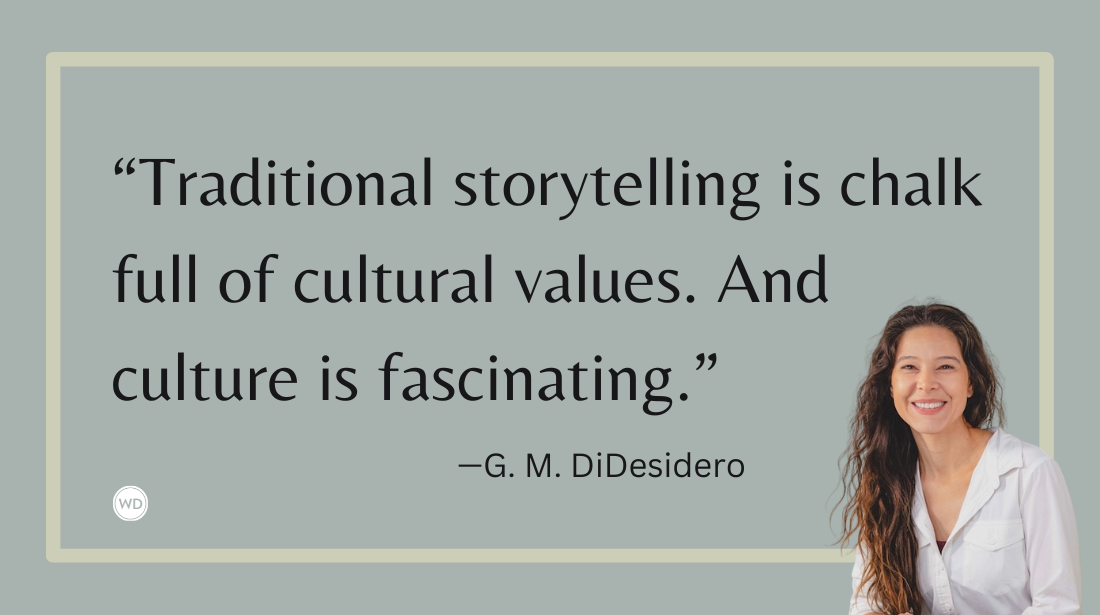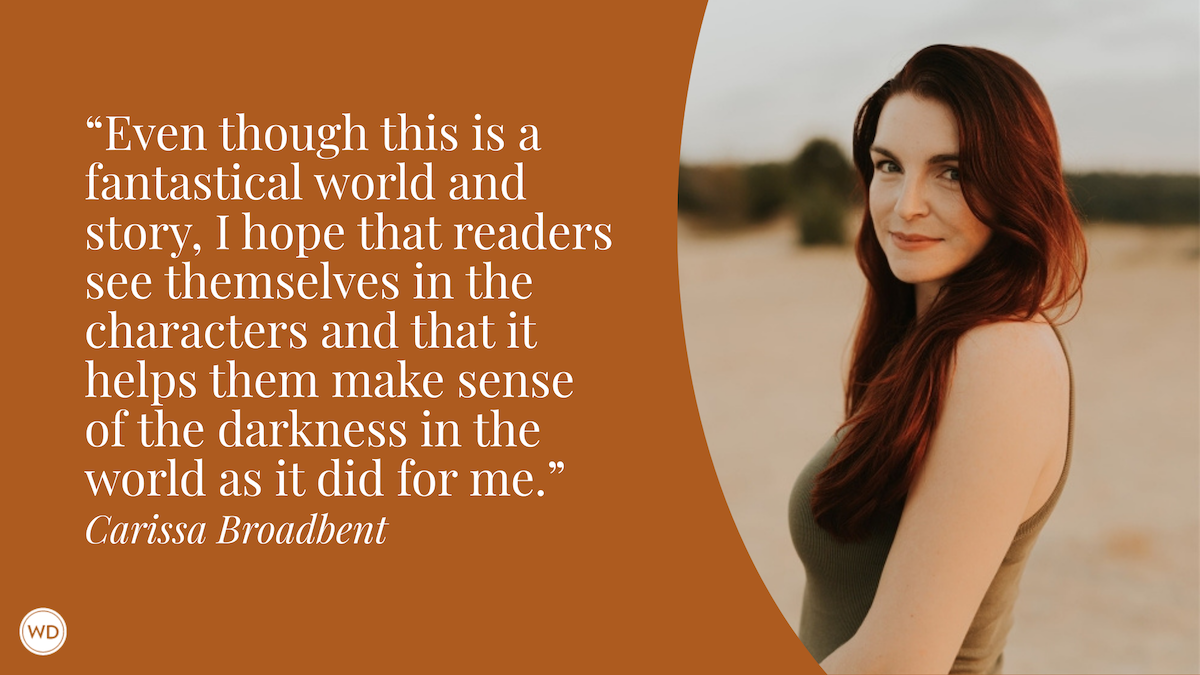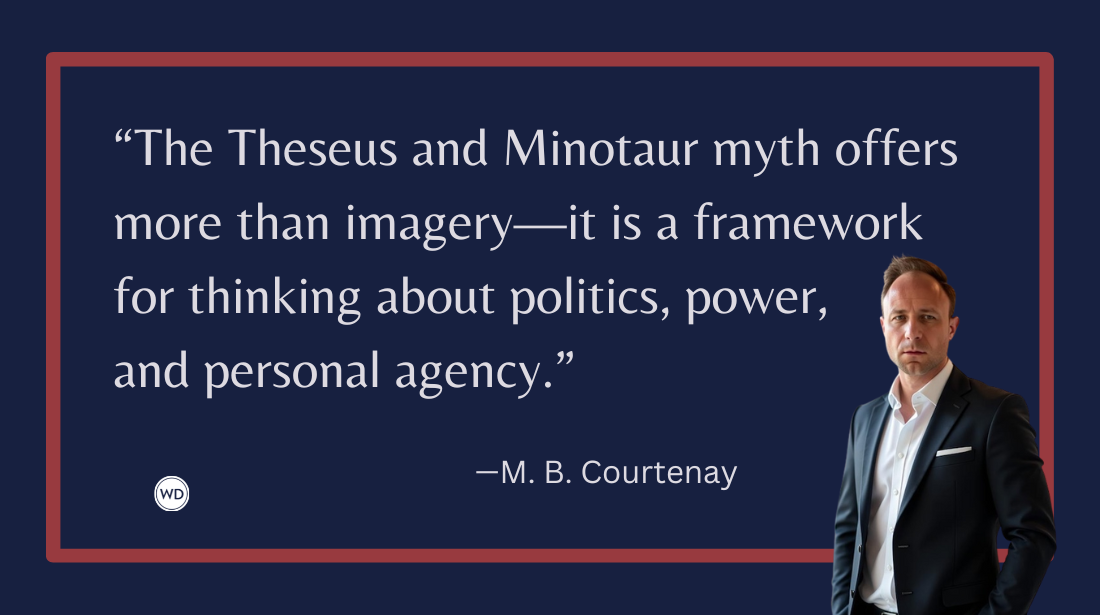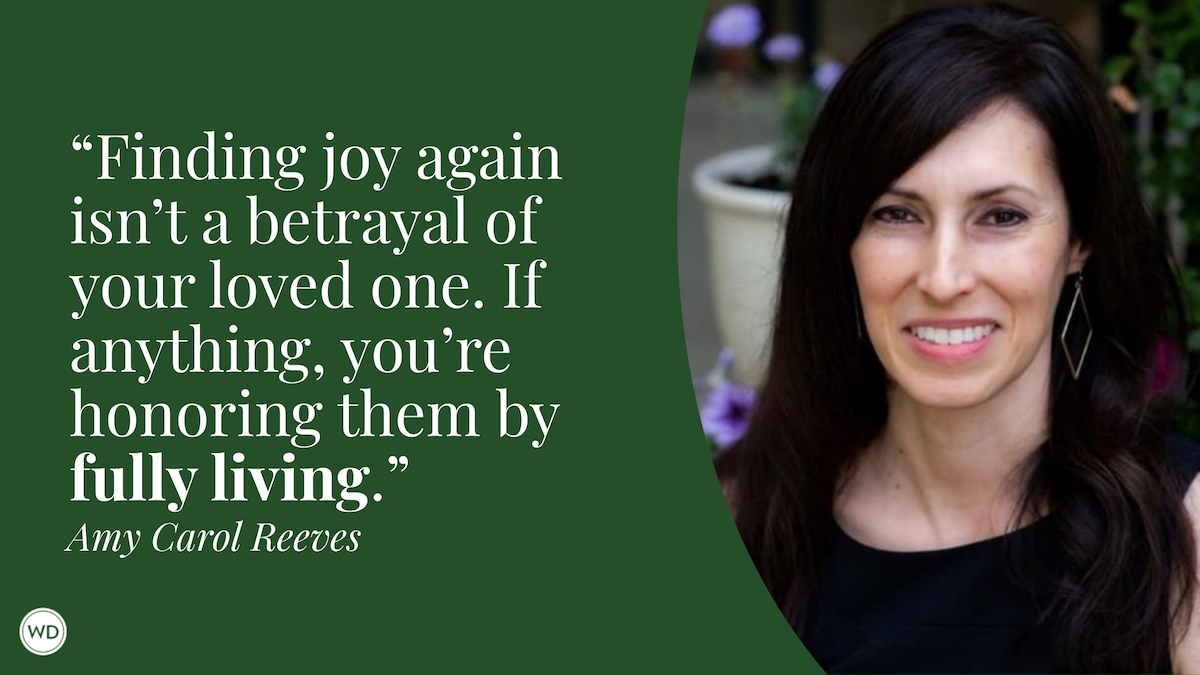Digging Up the Dead: 5 Steps to Writing Historical Crime Fiction
Author Erin Bledsoe shares her top five steps to writing historical crime fiction that will keep readers hooked.
I always feel like writing historical crime fiction is like robbing a grave. I’m looking for bones, a story worth telling, trying to find that human spark in someone history left behind. And like most historical, it’s one of the most demanding genres to get right. Rarely does the bones I dig up give me a clean narrative or motive, and if you take too many liberties, you risk snapping the reader back into the present instead of keeping them grounded in the past.
But when you get it right? It’s such a good ride!
Focus on Obsession, Not Accuracy
I never like to start with what’s popular, but rather what haunts me. When I’m doing my research, I find a woman that sticks out to me for a reason. When I found Alice Diamond, I couldn’t shake the image of a 19-year-old leading a gang of women thieves in 1920s London. I had to know how. With Virginia Hill, it was the mystery of her death, was it a suicide or a mob hit? That question pulled me in, and once I dove deeper, I knew their stories were waiting for a voice.
Research Like a Scavenger
Don’t be a historian, be a scavenger! Primary sources are gold: letters, trial transcripts, police reports, newspaper clippings. You want to look for the contradictions, or gaps, because that’s where your fiction breathes. For Mob Queen, I researched Virginia, but also every man she was involved with. I even found an old menu from the restaurant where she worked so I’d know exactly what she was serving. And when you hit a wall, start inventing! Historical fiction is about truth, not facts. The reader doesn’t need to know the exact designer shoes she wore, but they do want to know how they clicked against the marble floor.
Build Characters That Feel Real
Don’t fall into the trap of over-victimizing, build characters who feel human. Let them make mistakes. Let them be brutal, relentless, even unlikeable at times. They’re shaped by the world they live in and the choices they’re forced to make. I always want the reader to cringe, then pause and think, “Well… I see where she’s coming from.”
Let the Crime Be a Mirror
Historical crime fiction isn’t about the crime, but rather, what the crime reveals. The corruption, the desperation, the system that failed. It gives you a chance to ask: What’s changed? What hasn’t? I always aim to draw parallels. You might not see yourself in the main character’s shoes, but you’ll understand what led her to make the choices she did.
Respect the Dead, Write for the Living
I want to make sure that while I’m respecting the dead, I’m writing for the living. This means I don’t want to sugarcoat the past or turn real pain into aesthetic. I want to honor the truth of what happened, especially to those who were silenced or erased, but I also shape the story in a way that speaks to the people reading them now. The past already happened, but if I’ve done my job right, it should be loud enough to shake the present.
So while it’s not always easy, and it takes a lot of digging, once you’ve got the bones to resurrect a story, there’s no going back. I’ll spend months trying to write something else, but somehow, I always get pulled back into these women. They’re all yelling at me from the grave, demanding to be finished. May they haunt me forever, so I can write their stories and haunt my readers, too.









